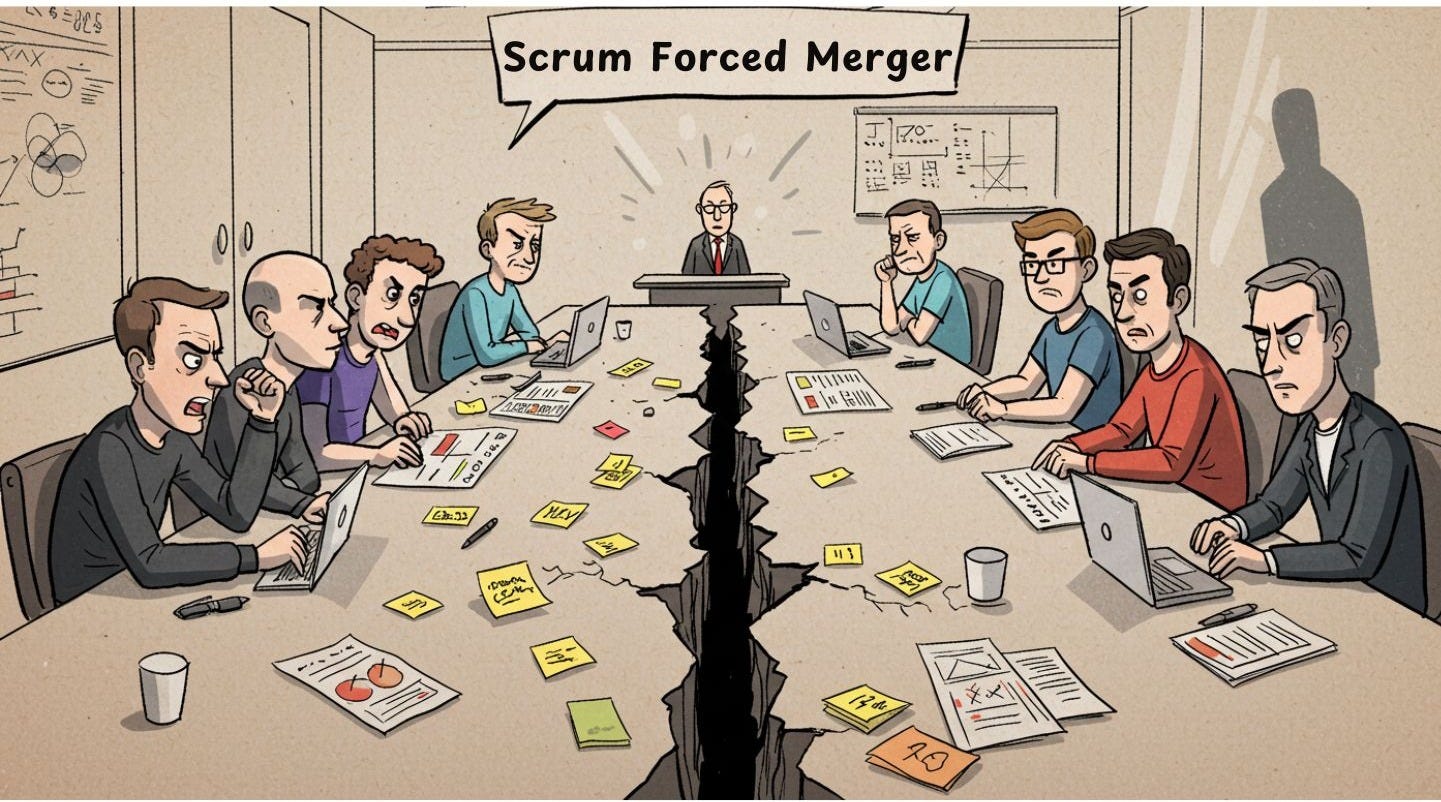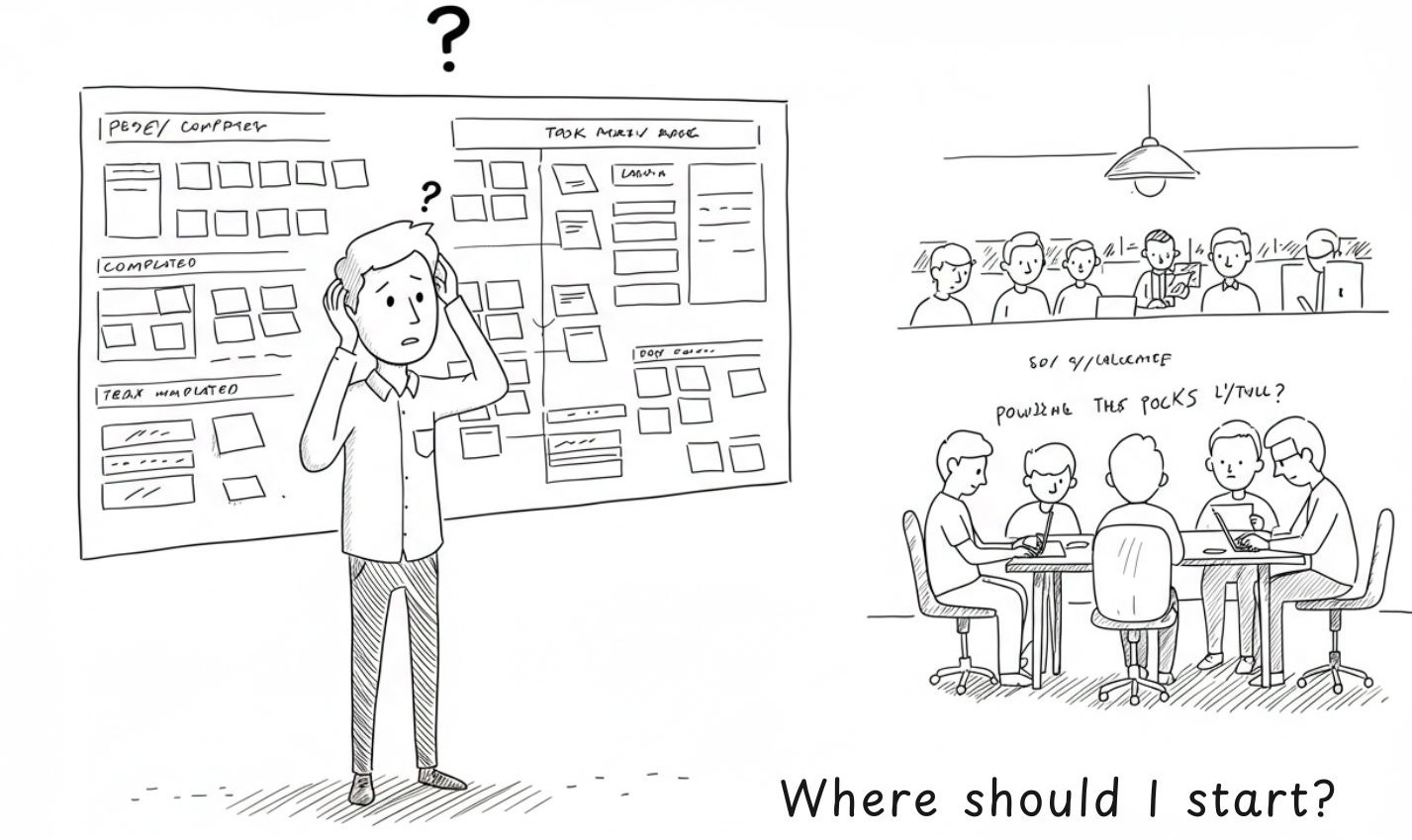How I Fixed a Broken Merger of Two Scrum Teams?
Two Scrum teams fell apart after the merge. This is the full case study for Scrum Masters and Product Owners on how to fix broken team mergers.
Hello 👋, It’s Vibhor. Welcome to the 🔥 paid member only🔥 edition of Winning Strategy: A newsletter focused on enhancing product, process, team, and career performance. Many subscribers expense this newsletter to their Learning & Development budget. Here’s an expense template to send to your manager.
The case study below is one of many stories from my consulting career.
It’s a complete walkthrough of a real-life struggle between two Scrum teams that were forced to merge after an executive decision.
9 years ago, I was assigned to fix this broken merger.
The case study includes:
all the steps I took
the emotions I felt
the challenges I faced, and
the outcomes of all that effort
This case study aims to give you a glimpse into the thought process involved in high-stakes situations like this one.
I hope you find it useful.
Let’s get started.
Intro
Let’s say you’re a Scrum Master for a financial services company (eg. a bank).
You've been assigned to support 2 teams that were recently merged after a company reorganization. Both teams previously worked on separate payment processing applications — one for consumer payments and another for business transactions.
The merger was driven by Senior Management's decision to create a “unified” payment platform that serves both the consumer and business needs.
Problem:
While both teams are skilled, they have developed significantly different working styles and technical approaches over the years.
Team A: Follows strict test-driven development and pair programming practices.
Team B: Prefers individual work and end-of-sprint testing.
Tensions are rising as Team A members insist everyone should pair program, while Team B members resist this change. Further:
The unified backlog is becoming problematic as Team B members struggle with Team A's technical user stories
Team A criticizes Team B's testing approach
Daily Scrums have become uncomfortable, with minimal cross-team communication
Sprint velocity has dropped by 40% since the merger and is highly unstable
3 experienced developers have already requested transfers to other departments
The Product Owner is frustrated because features that used to take 1 sprint now take 3 sprints to complete
Your Assignment:
Analyze this situation in relation to the Scrum framework
Develop a plan to help these teams blend effectively while maintaining productivity



